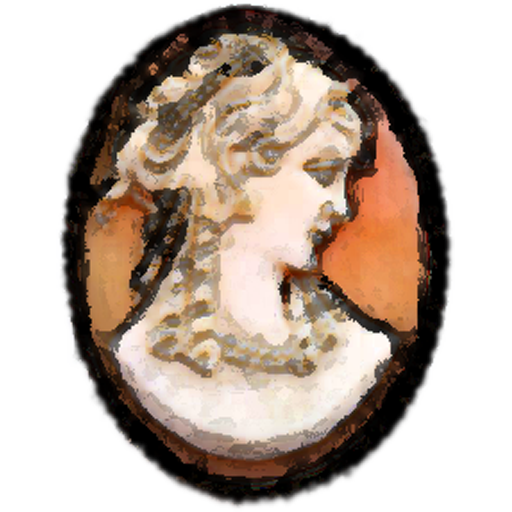In addition to the Substitutions menu, you can now insert substitutions into templates by clicking on captions in member and contact records. Read More…
Multiple points on maps in questionnaires
You can now optionally ask or allow respondents identifying map points on questions forms to provide more than one point. Read More…
The contact form and people already known
Forms made from Cameo’s contact form type now spot when someone who fills in the form is already known to you (by email address). New form options let you decide what to do when this happens. Read More…
Questions form and responses improvements
* Cameo’s questions form (for petitions, surveys, consultations and questionnaires) now has an option to show the number of responses received so far, as a number or a bar. * member info → questionnaire and petition responses now prominently includes the number of responses from a form * Map responses can now be displayed as a heat map as well as individual point plots.
* The number of responses plotted on the area of the map you can currently see is shown underneath the map. Read More…
New member summary notifications
Cameo now bundles notifications about new members, new contacts, renewals and amendments into a summary, three times a day, rather than notifying them individually. Read More…
Making and reporting on regular donations
Cameo’s payment form type now offers regular as well as single payments (for example, to support regular donations by direct debit). A new subsection in search more → donations lets you compare donations over time, sub-divided by regular and one-off. To accommodate this, in accounting tasks → reconciliation you say whether a donation is regular or one-off, so Cameo can attribute it correctly. Read More…
Info
Click on either box with the logos above the main menu to get a panel of useful information about you, Cameo and your organisation. This includes a list of your recent activity and a feedback form (optionally including a screenshot). Read More…
Booking summary improvements
You can now display a booking summary manually, as well as in scheduled notifications.
Daily booking summary notifications (or to your schedule) now clarify information about season tickets. Read More…
Simplified incoming renewals
In renewals → incoming renewals: * Cameo now detects the need to Confirm Renewal automatically. That button no longer exists * Direct renewal (to deal with renewals made outside the renewal form) no longer exists. Cameo now lists all renewals explicitly * You can choose whether to send the renewal confirmation email immediately or add it to pending email. Read More…
Bank account “confirmation of payee” name
Bank accounts now include a field you can set to provide the Confirmation of Payee name on your account. In forms that that take payments, the form substitutes this into messages letting the customer know where to make the payment to. This means you only need to provide this information once, not in every form that may need it. Read More…
